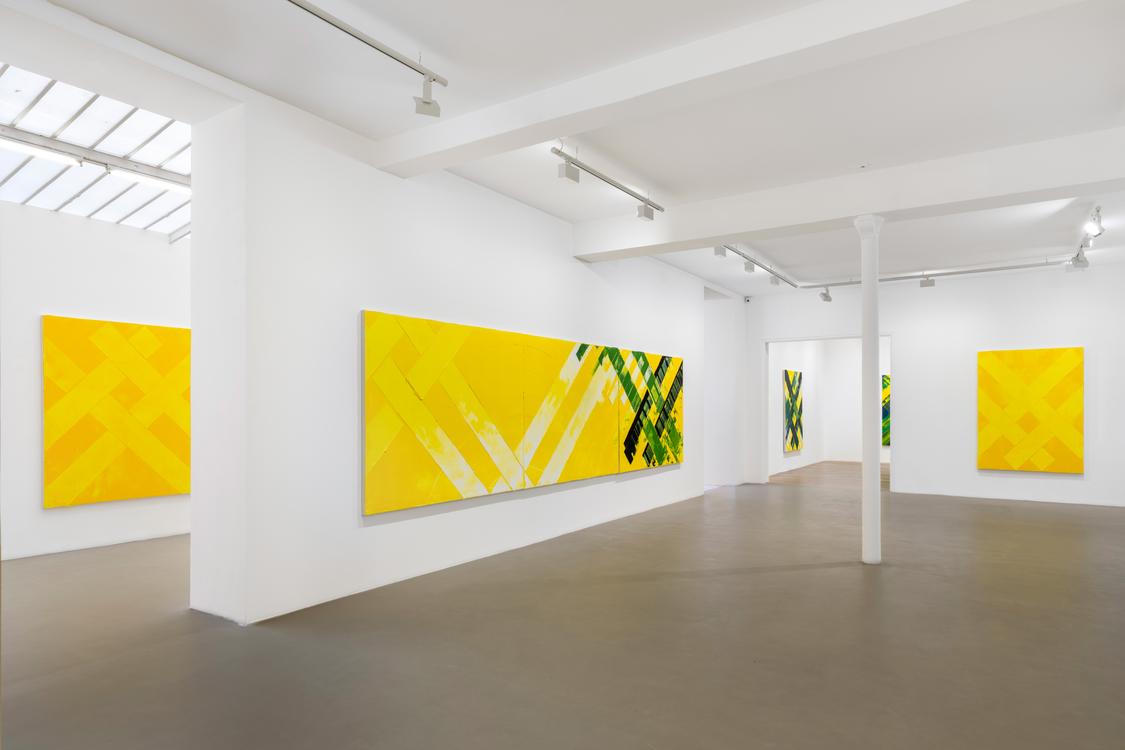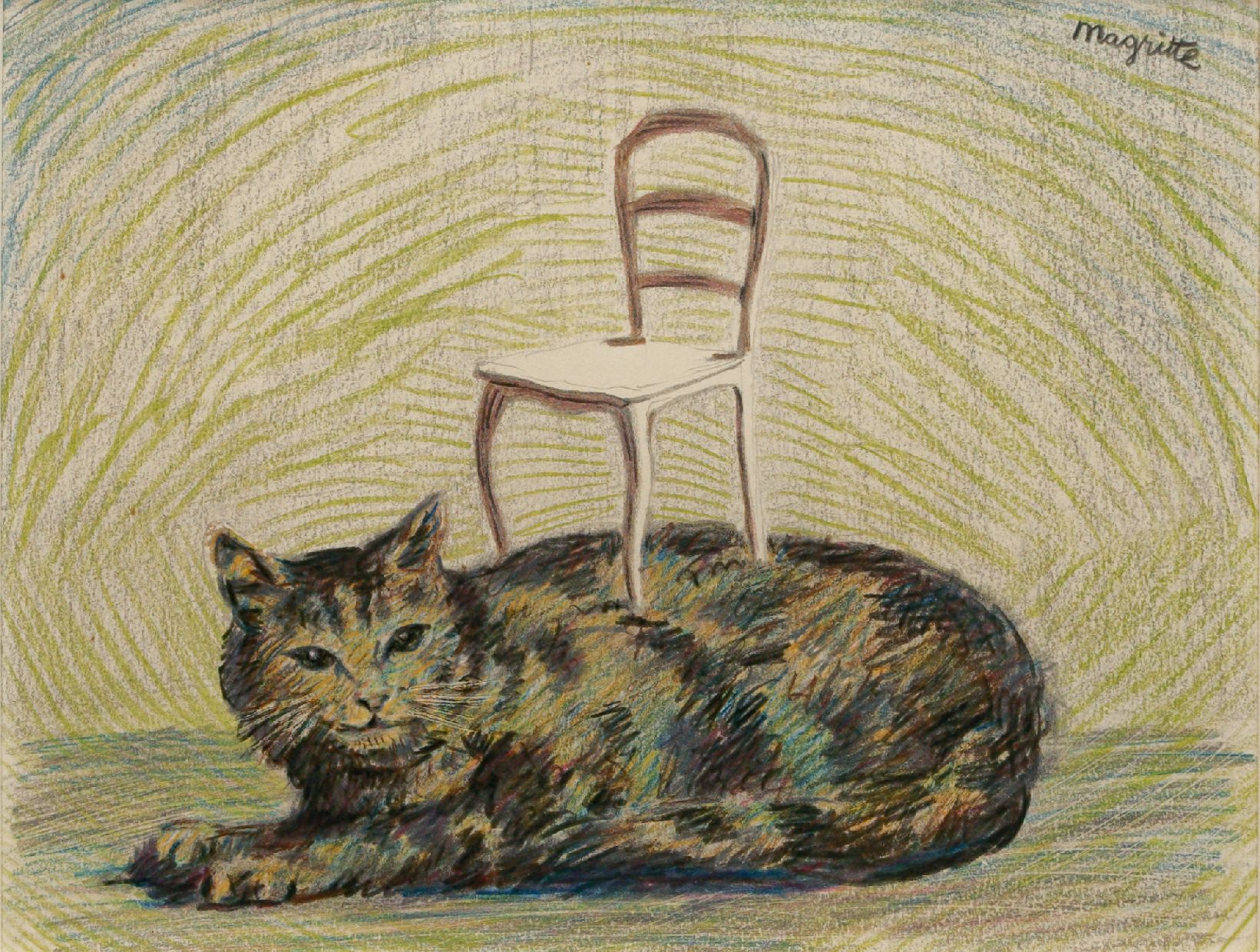During a conversation about the choice of works he has presented in his recent exhibition at the MAMCO in Geneva, Fabrice Gygi explains how, whilst caught in a traffic jam on the motorway, he was amazed by the beauty of lorries -especially the well finished work of awnings and straps. Since then, he has drawn his inspiration from these elements to make the "Columns" in white tarpaulin (1993), and other sewn awning sculptures. From this point onwards, these materials have always been part of his sculptural vocabulary. The established interrelation of "skins": the human being's skin, the (chosen) skin-protection, the (imposed) skin-prison. When discovering Fabrice Gygi's pieces, the visitor is struck by the accurate choice of materials and the attention to detail. One gets strongly compelled to touch, to caress each element, the same way one is appealed by the touch of a nicely curved "carrosserie"", or a smooth skin, while realizing that these ambivalent objects express a sensitivity, a lucidity and a violence constantly wide-awake.
For his fourth solo show at the gallery, Fabrice Gygi presents four new sculptures on the ground floor, as well as a new series of linocuts in the basement.
CAILLEBOTIS, 2004. Painted aluminium, wood. This sculpture with variable geometries states the structural tension between the rigid steel frame of the grid -or grating- and the mobility, the flexibility of the wooden rods. Barricade in stand-by, or disproportional skill game ?
PYLÔNE, 2004. steel, steel paint & concrete. Three slender pylons, articulations of a growing urban lands cape, future ruins. Bearing, protective and/or impudent appearances, unfinished pillars of some pagant cathedral.
Y, 2004. Leather, horsehair, stainless steel. Three sewn-leather figures, strapped to be hung or attached. Short-circuited and allegoric shapes that refer to male/female since the earliest civilizations. As well as re-designed punching-balls, which functionality is still to be defined.
TORAX, 2004. Stainless steel, pulley, metal rail. A giant hair clip hanging from a sliding pulley eventually along a beam. Unless it is a skeleton? Or the grips of a crane, ready to clear a disaster away.
Linocuts occupy a constant and parallel place in the creative work of Fabrice Gygi. Produced in very limited editions (6 maximum), he prefers them to drawings for their very soft nick, their continuous line -in the tattoo fashion. The content -always tender although sometimes ironic, reveals a more intimate world of the artist. Drawn haikus.
Forthcoming solo shows of Fabrice Gygi: -February 20 -April 14, 2005: Villa Merkel, Esslingen (D) -Summer 2005 (dates still to be defined): Orange County Museum, California (US) -September 3 -November 20, 2005: Kunstmuseum, St-Gallen (Ch) A catalogue will be published with JRP/Ringier editions (French, English and German versions).
more
